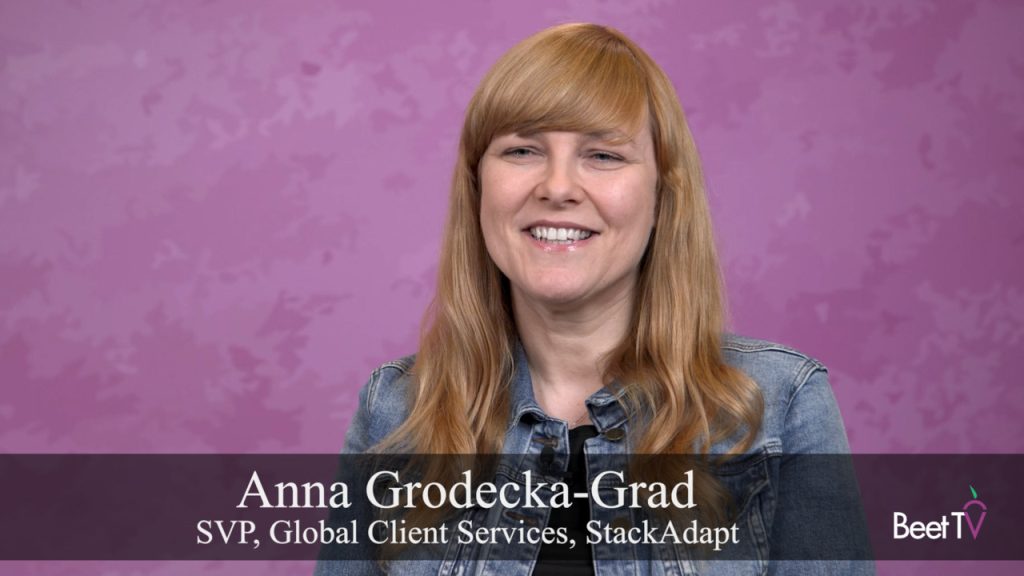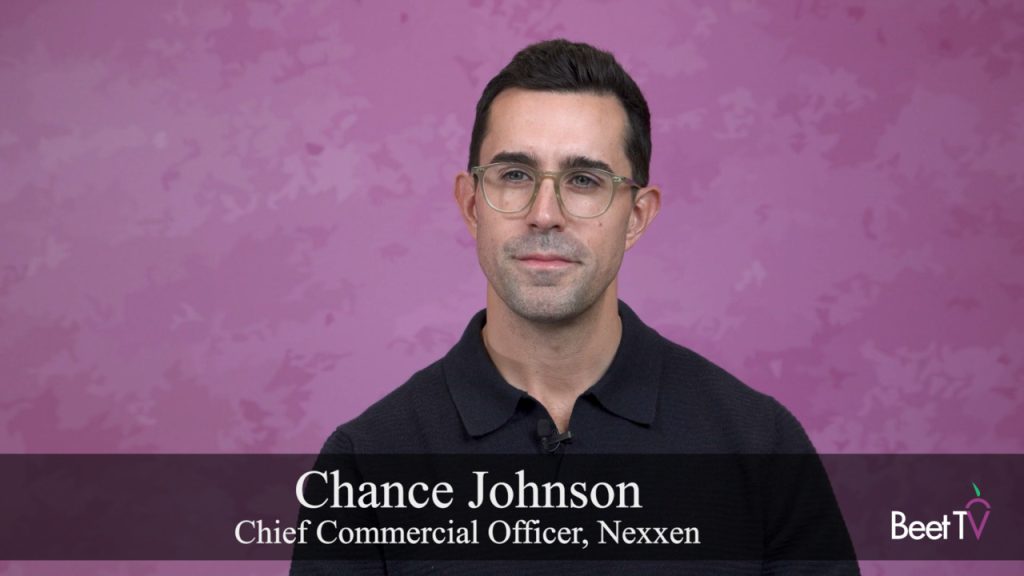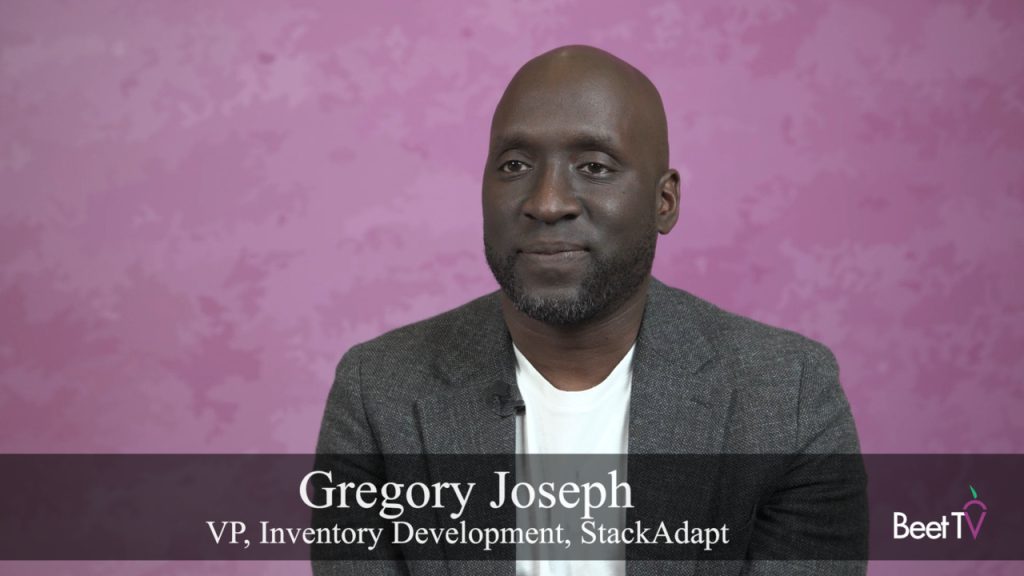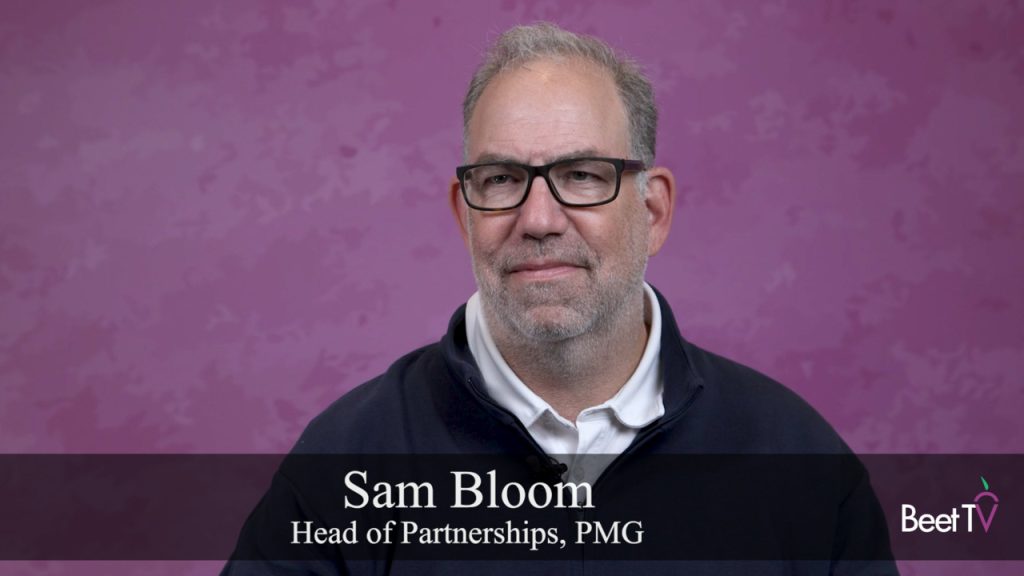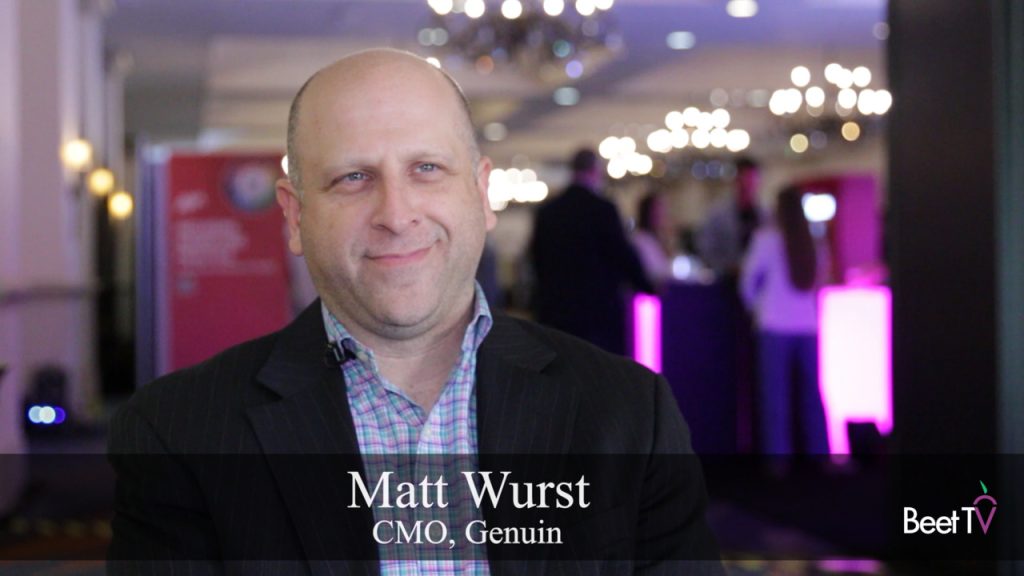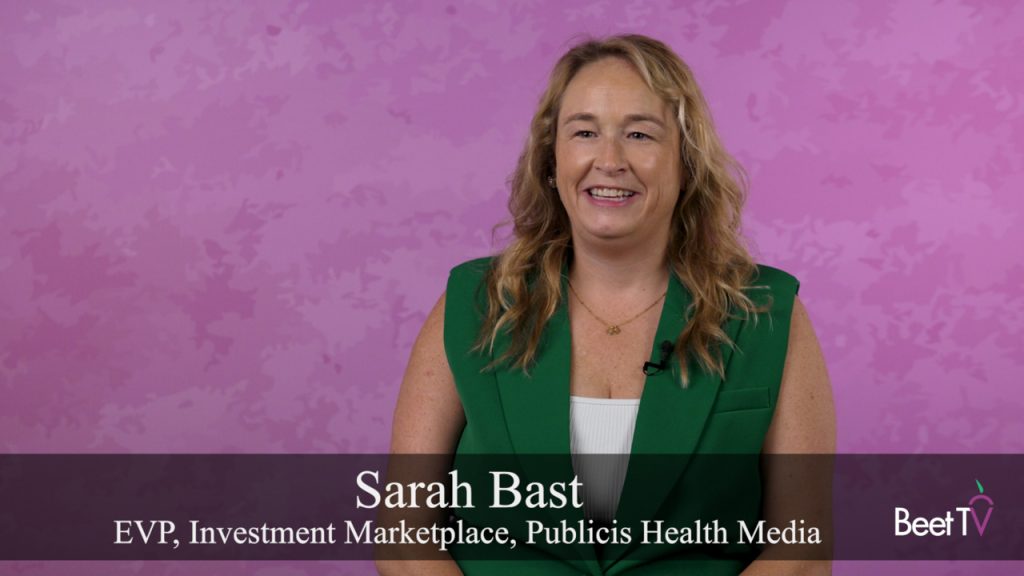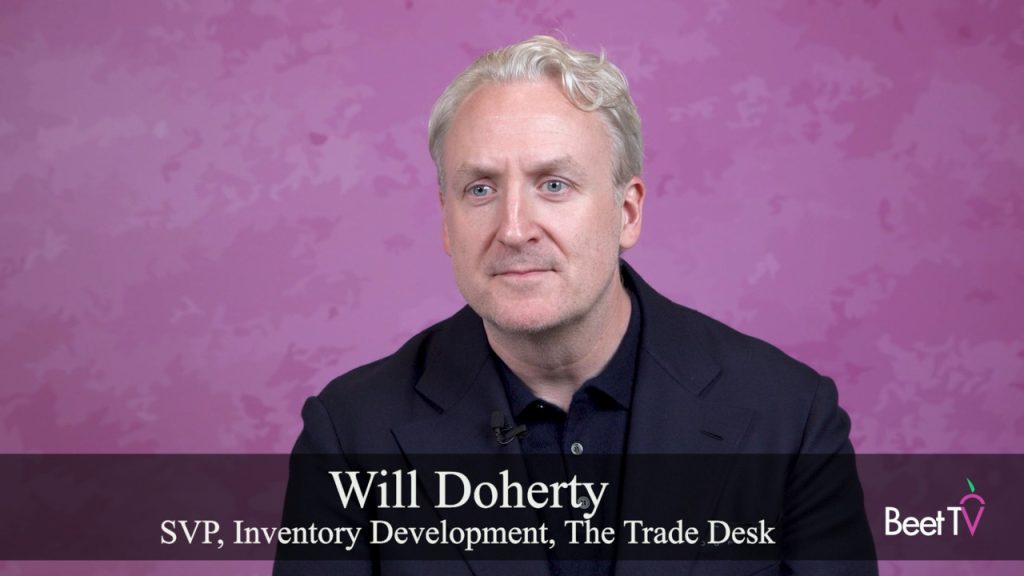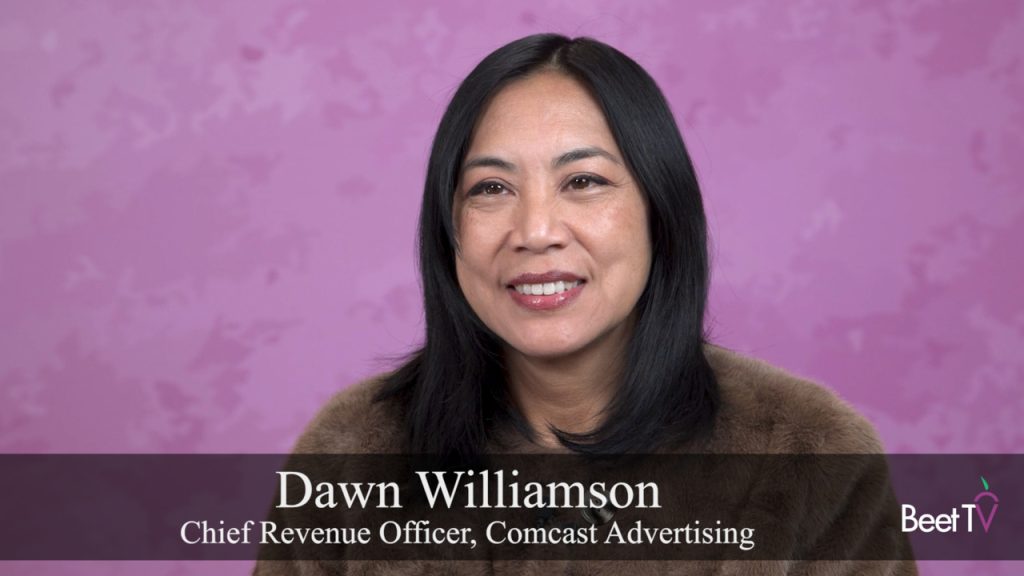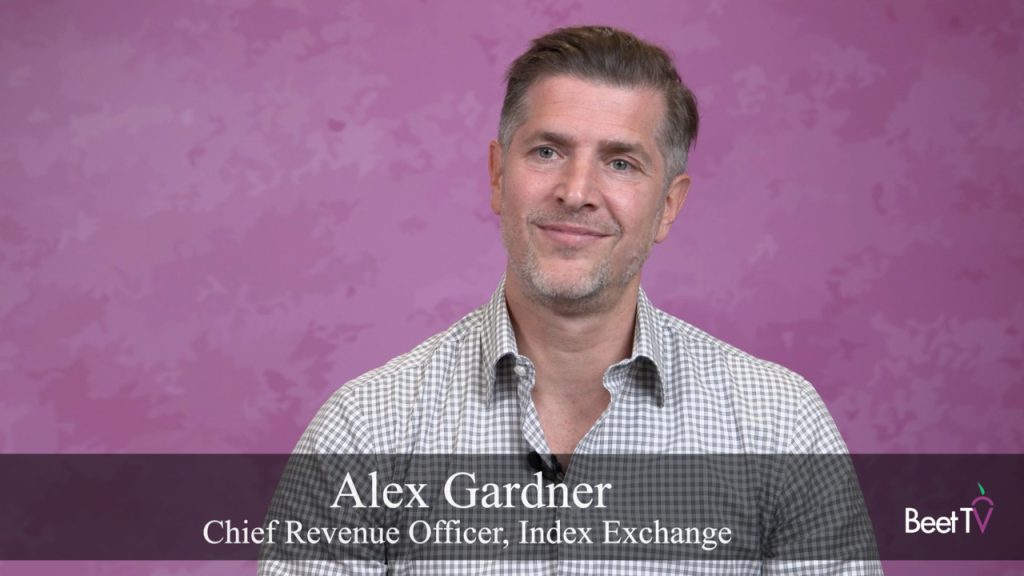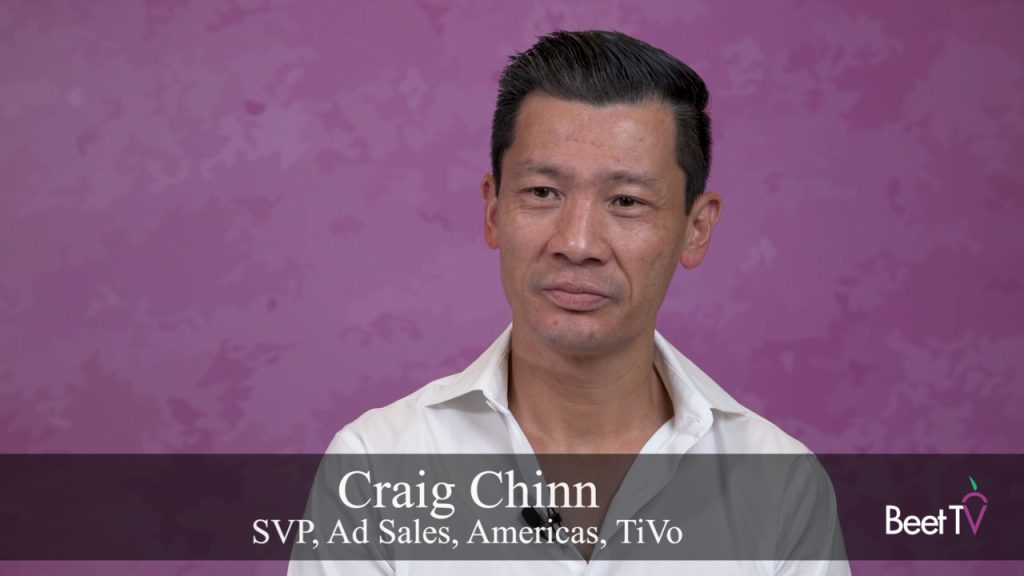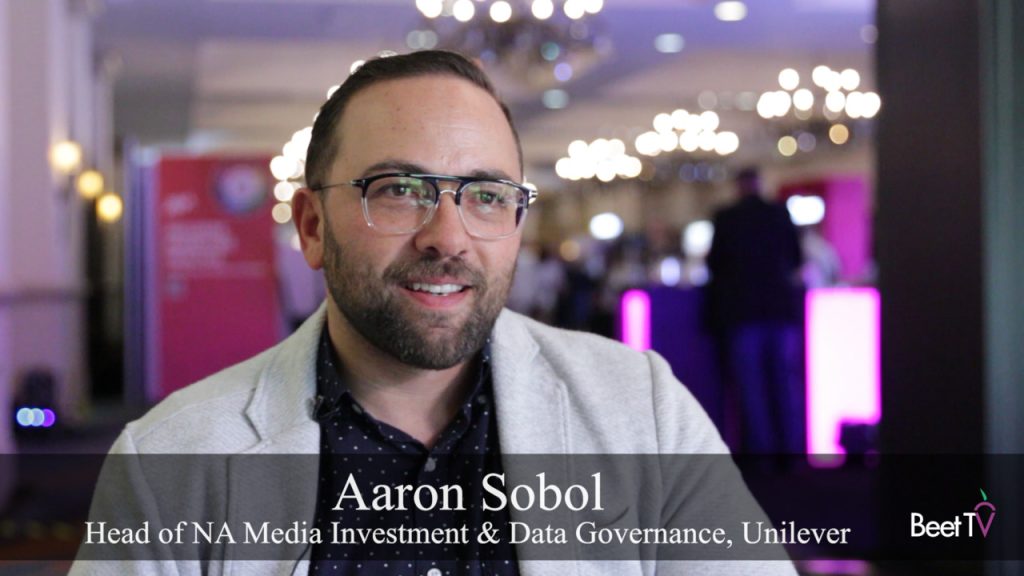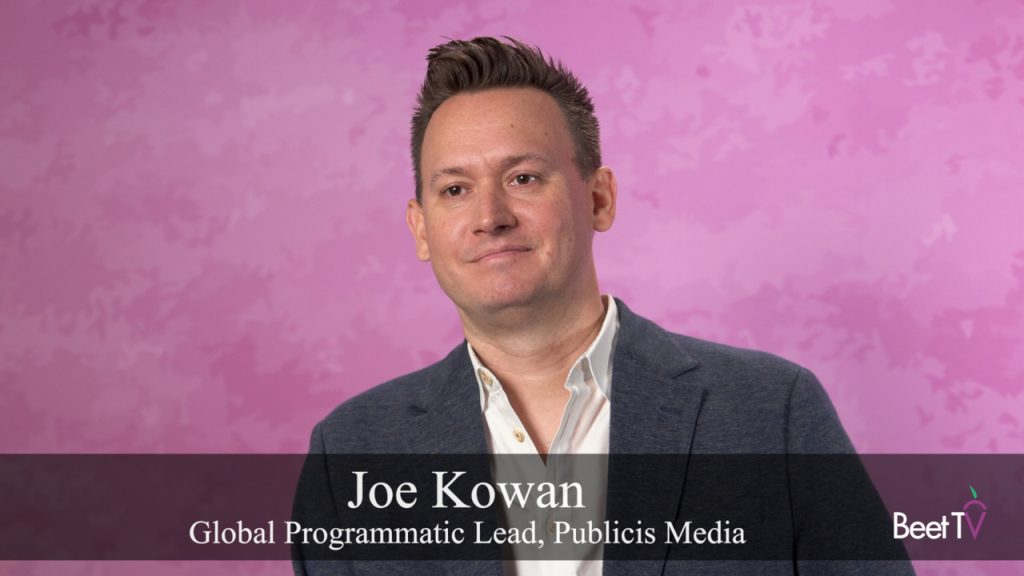CANNES — After a couple of years of estimates that upwards of 30% to 50% of online ad impressions may have been fraudulently served by nefarious bots, it has begun to seem like platforms have gotten across the problem.
Try telling that to Lou Paskalis, who holds the marketing purse strings as Bank of America’s global media investment SVP.
“The groundwork we’re laying right now is in Pompeii, and Vesuvius is erupting and it’s fraud,” he says in this industry panel discussion. “It was a $8.3bn global problem in March. It’s a $9.2bn global problem as of last week (June 20), according to the ANA.”
“We have to build the wall high. Right now, (fraudsters) are coming over the wall and they’re taking our money. Nero fiddles, Rome burns.”
What’s ad fraud? Usually malware that infects consumer computers to algorithmically traverse publisher sites, generating ad views that humans never see, according to DoubleVerify CEO Wayne Gattinella, whose company helps advertisers and ad platforms weed out fraudulent ad views.
“I want to stop everything and fix that before we move on,” Paskalis says. “We cannot continue to be in denial about the 800 million pound gorilla in the room. Until we fix that, all of this is theoretical and it’s less interesting to me and my leadership by the hour.
“This is the biggest threat we’re facing. If we can’t fix fraud, all this other stuff doesn’t matter.If we’re not blacklisting every hour, we’ve got problems – we’ve got to get there. We’ve got to work as an industry to find and drive fraud out of our business.”
Separately, Unilever, the giant consumer package goods company claims some $10 billion in click fraud, MediaPost reports.
We interviewed Paskalis at the Cannes Lions Festival as part of a series on video advertising presented by Rubicon Project. Please visit this page for more videos from the series.







